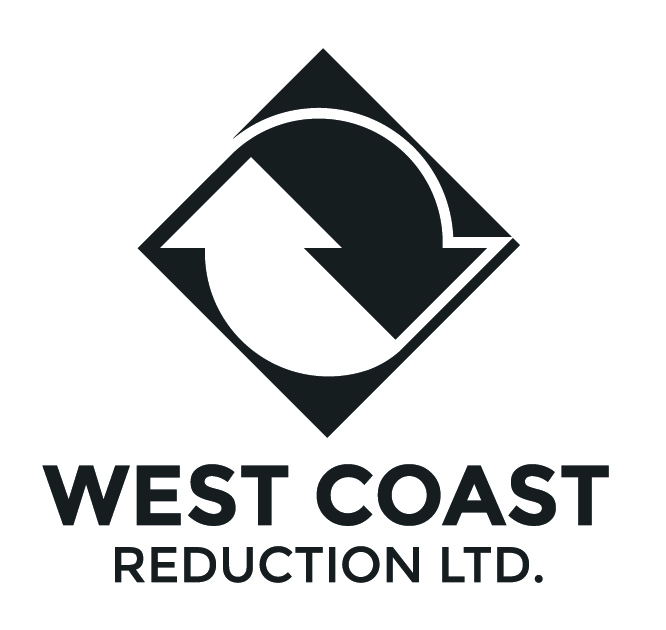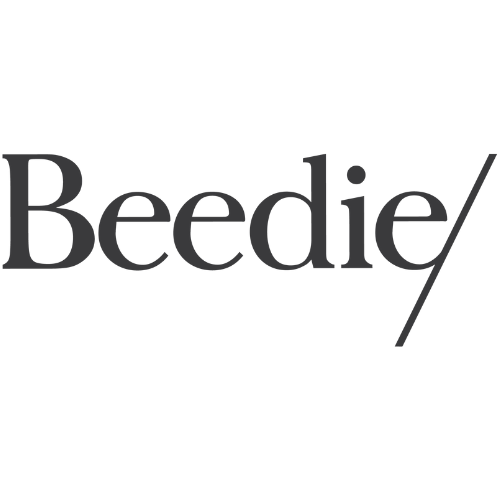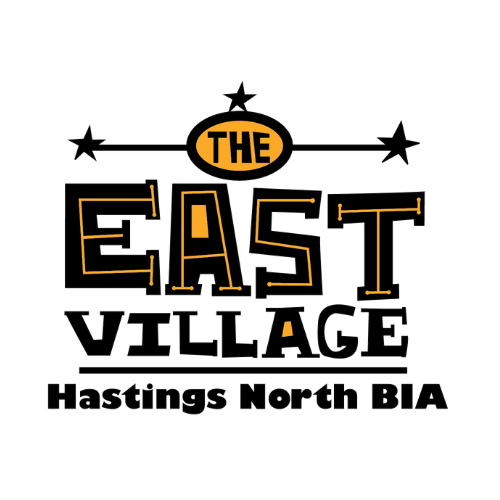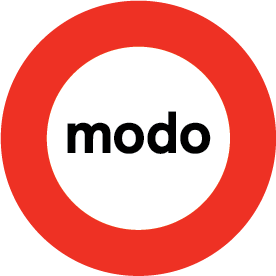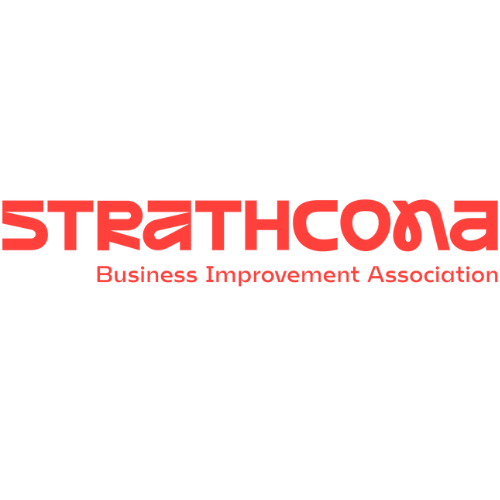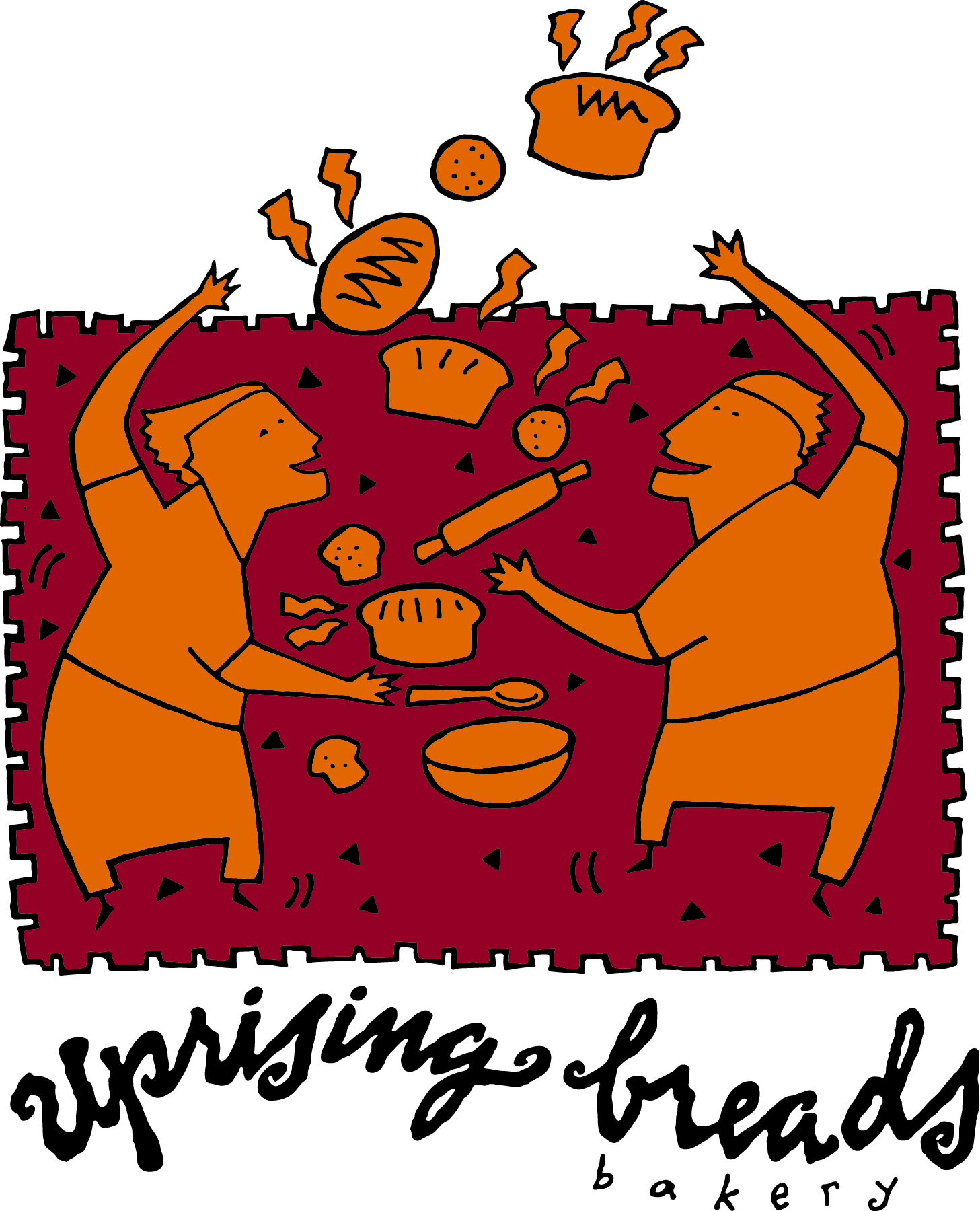
Home / Preparing Your Studio
Preparing Your Studio
RETURN TO CRAWLING 101 OVERVIEW
During the Culture Crawl festival, you want your studio to be inviting and safe.
Regardless of your type of studio – private or shared – think about creating an inviting, memorable, and safe space. Think about what your visitors will experience with all their senses: what do they see, hear, smell when moving through your studio? How do you want them to feel in your space? What would you like them to remember about their visit to your studio? Give yourself enough time for set-up and be ready with your plan and list of tasks. During and after the event, take notes about what you might do differently next time. It is always a learning, evolving process, just like the creation of the work itself!
Here are some things to consider. If you are new to the event, we encourage you to reach out to artists who have participated before. They are bound to have useful tips for you as well.
SAFETY
Approaching Your Studio
Be inviting. Many people are coming to areas they are not familiar with, and they maybe a bit apprehensive or uncertain.
- Clearly indicate your studio with a Crawl signboard or banner.
- Light the way: make sure the approach is well-lit, paying particular attention to steps or low-hanging obstructions. Use LED tube lighting or Christmas lights for playful but effective lighting.
- Remove or pad any sharp or projecting overhangs, thinking of both very tall and very small people who may be visiting.
- Ensure safe footing. Put down grit or a non-slip surface if the way is potentially slippery in rain or icy conditions. Remove or secure any loose rugs, boards etc.
- Post signage at every turn along the approach so people have a ‘crumb trail’ to follow with confidence to your door. A ‘Welcome’ sign on your door, particularily if you are in a private home, will make people feel comfortable entering even if you are busy with other visitors and can’t come to the door.
- Any other tricky spots? Tape door/gate latches open with tape. Post friendly notes with tips “pull this cord…” Consider having volunteers in the lobby or entry to welcome and direct visitors.
Inside Your Studio
- Make room. Consider removing or relocating materials stacked along the walls to give people room to maneuver.
- Make your visitors feel welcome. Consider wearing a name tag so visitors know you are the artist. If you have multiple artists in the studio, it lets them know who to approach about a particular work. Consider hanging some artwork low for children to enjoy, or even having something they can touch or interact with. post a sign so parents and kids know it’s okay to touch : )
- Remove safety hazards. Tape or remove cords or loose rugs. Remove or secure any piled stacks of materials that could topple if bumped. Remove any sharp nails/hooks that could catch someone’s body or clothing. Do a walkthrough as if you were visiting your studio for the first time. Do it imagining you are very tall, and again as if you were very small.
- Keep private areas off limits. Clearly mark any areas you want to keep private, and consider using a latch or other simple device to dissuade the curious. People are very curious about how artists live and will open drawers, pick up ornaments, etc. without asking. Cover storage areas or private areas with sheets, folding screens, or similar devices. Have a safe secure space to store your wallet/purse.
- Do you have a loo? If you have washroom facilities that you plan to allow visitors to use, consider removing any articles that are not essential. If you don’t want visitors to use the washroom facilities, post a ‘private’ sign and keep the door closed.
- Artwork: consider placing small pieces of artwork deep within your studio rather than near the door. Most people are honest, but occassionally theft does occur.
- If you are in a private home or isolated studio, consider having a friend keep you company and have a cell phone with you.
- If you must have your pet in the studio with you, please keep them well under control. Not everyone feels comfortable around animals, especially ones that jump up or want to give ‘kisses’.
INSURANCE
The Eastside Culture Crawl Society recommends that each artist have liability insurance for their studio. The ECCS does not provide insurance for artists. If you have insurance on your studio, we advise you to contact your insurer or insurance broker to let them know about the event and ensure you have coverage.
CLEAN
- Clean all surfaces.
- Put materials and tools away. (Exception: You might have a work in progress or create a demo with work in different stages and tools/materials involved. People love to know the how of it all. A purposeful demo on a designated surface with signage is a great way to engage visitors)
- Paint your studio walls if needed. Create a fresh backdrop for your work.
- Sweep/mop your floors
- Air out/ventilate your space. You want it to feel fresh in every way.
LIGHT
- Light it well – Provide the best lighting you can for your works.
- Halogen or LED track lighting is easy to install and looks professional.
- Well placed clamp lights can work as spotlights too.
- Pay attention to the temperature of your bulbs (daylight, soft, warm) since this can change the look of your work.
- Make sure you do not stress your circuits and blow a fuse.
- Keep the wires tidy and out of the way.
LABEL & PRICE
- Label each piece with title, medium, dimensions, and price.
- Posting prices clearly helps put a client at ease. No one wants to guess!
- Put your name on every label to help viewers remember you with your work.
- If the work isn’t for sale, say so. Label work in progress or not for sale. Make it clear for visitors to understand what you are showing and why.
- Consider having statements posted near applicable pieces or series. These can get conversation flowing and encourage the viewer to inquire about other pieces.
WELCOME TABLE
- Guestbook with prompts for the information you need for your mailing list.
- Artist bio/artist statement/resume.
- Business cards and/or postcards for people to take.
CHECK OUT/BUSINESS ZONE
- Have a space set up with all you need to process a sale.
REFRESHMENTS
- Keep it very simple and clean – choose beverages and snacks that don’t make a mess and could potentially make your space unsightly or damage work.
- Consider whether you will need ice, napkins, cups, mugs, serving platters or bowls, serving knives for cheese, spoons, paper towels, and a trash/recycling can. Will you use disposable or reusable glasses? Think it through and avoid a last minute run to the store.
CONTINUITY
- Try to enter your space with fresh eyes or ask a friend to help check if you missed anything or if something seems out of place. How does your space look and feel? There are so many details to manage and sometimes it helps to get an outside perspective to see anew and be sure you are presenting your best.
YOU!
- Be sure to get yourself ready as well – what will you wear? How will it look in your space and in front of your work? Be both comfortable and sharp.
- Be well rested and well hydrated leading up to the big weekend.
- Plan how/what/when you will eat your meals.
- Enlist help from friends and family to ease the load of carrying artwork, installing, and even talking to visitors if you need to take a break.
- You need to be functioning at your best so you can get the most out of all your interactions with your guests.
- Remember to have fun!
RETURN TO CRAWLING 101 OVERVIEW
FOLLOW US
@CULTURECRAWL


